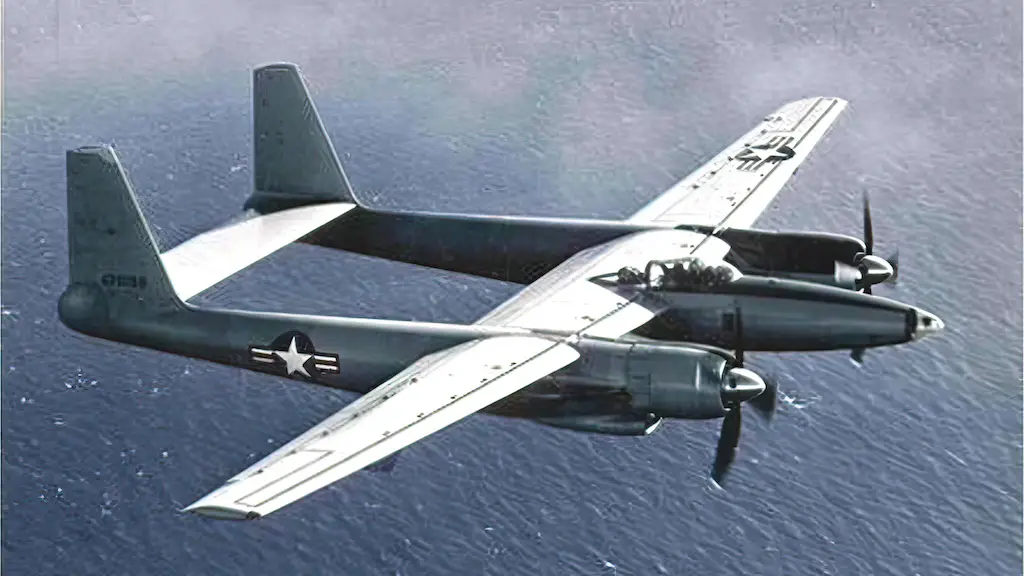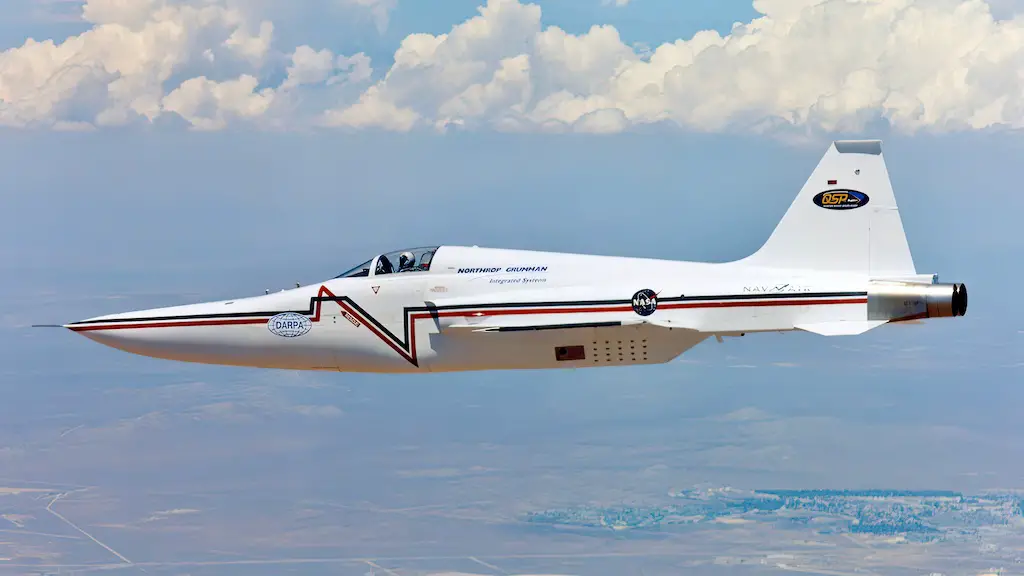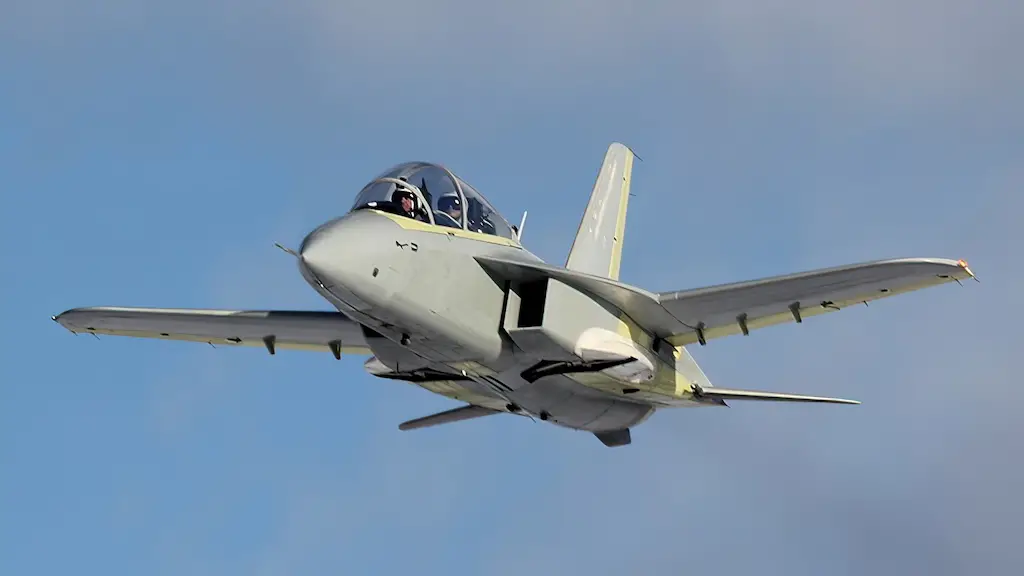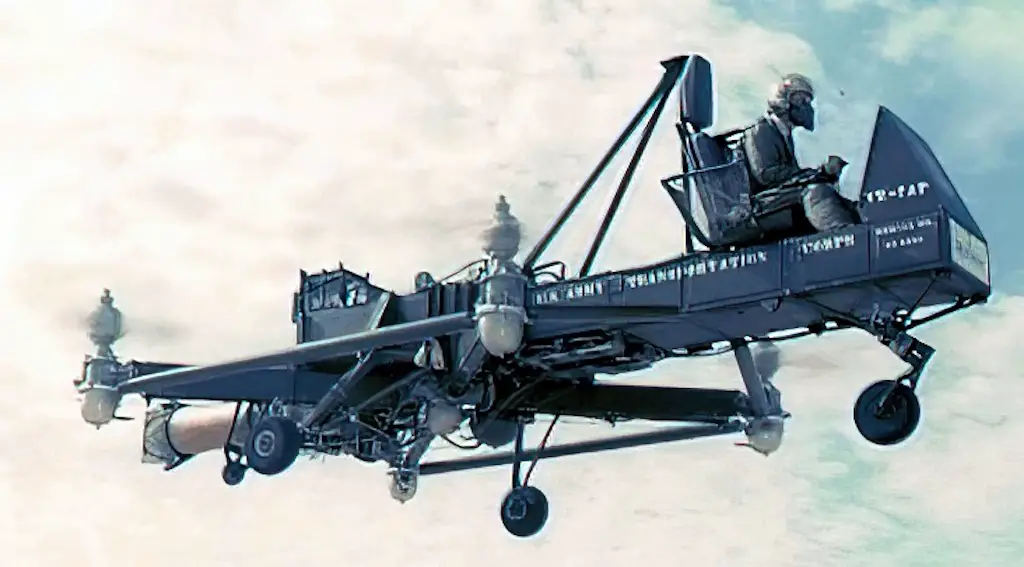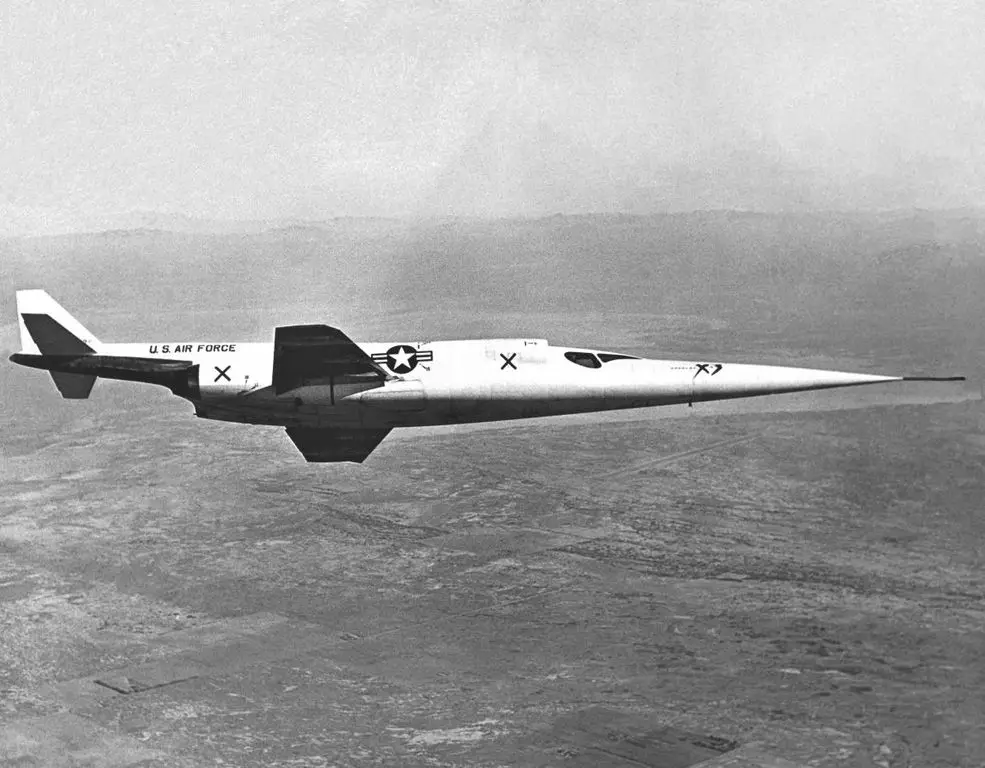Looks can be Deceiving
The Douglas Stiletto X-3 looks like it should be the fastest x-plane, but it was one of the slowest. Fast it was not. Developed to evaluate high-speed, low aspect ratio wing designs, It was a very ambitious airframe designed to advance American understanding of aircraft that could fly at Mach 2. In addition, the plane was intended to demonstrate the viability of low aspect ratio wings and the extensive use of titanium in aircraft construction.
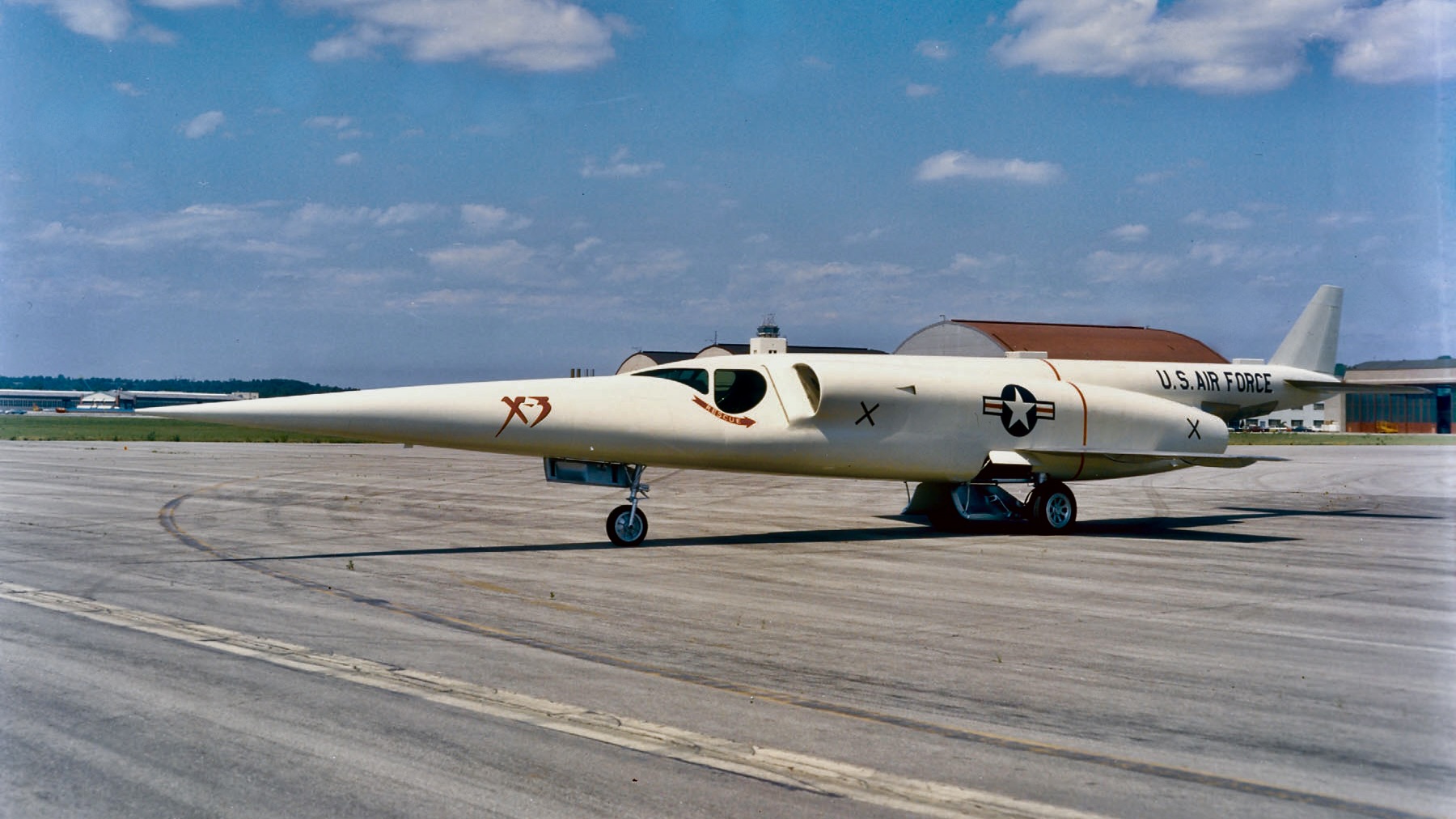
Design
Traditional airplanes have wings that are relatively larger than the body. With the X-3, short, stubby wings were coupled to an unusually long body. As a result, the wingspan was only 22 feet 8 inches and 66 feet 9 inches long. The X-3 was given the moniker “Stiletto” because of its distinctive shape, akin to a stiletto knife or the heel of a stiletto shoe. . The X-3 was clearly designed to cut through the sky like a blade.
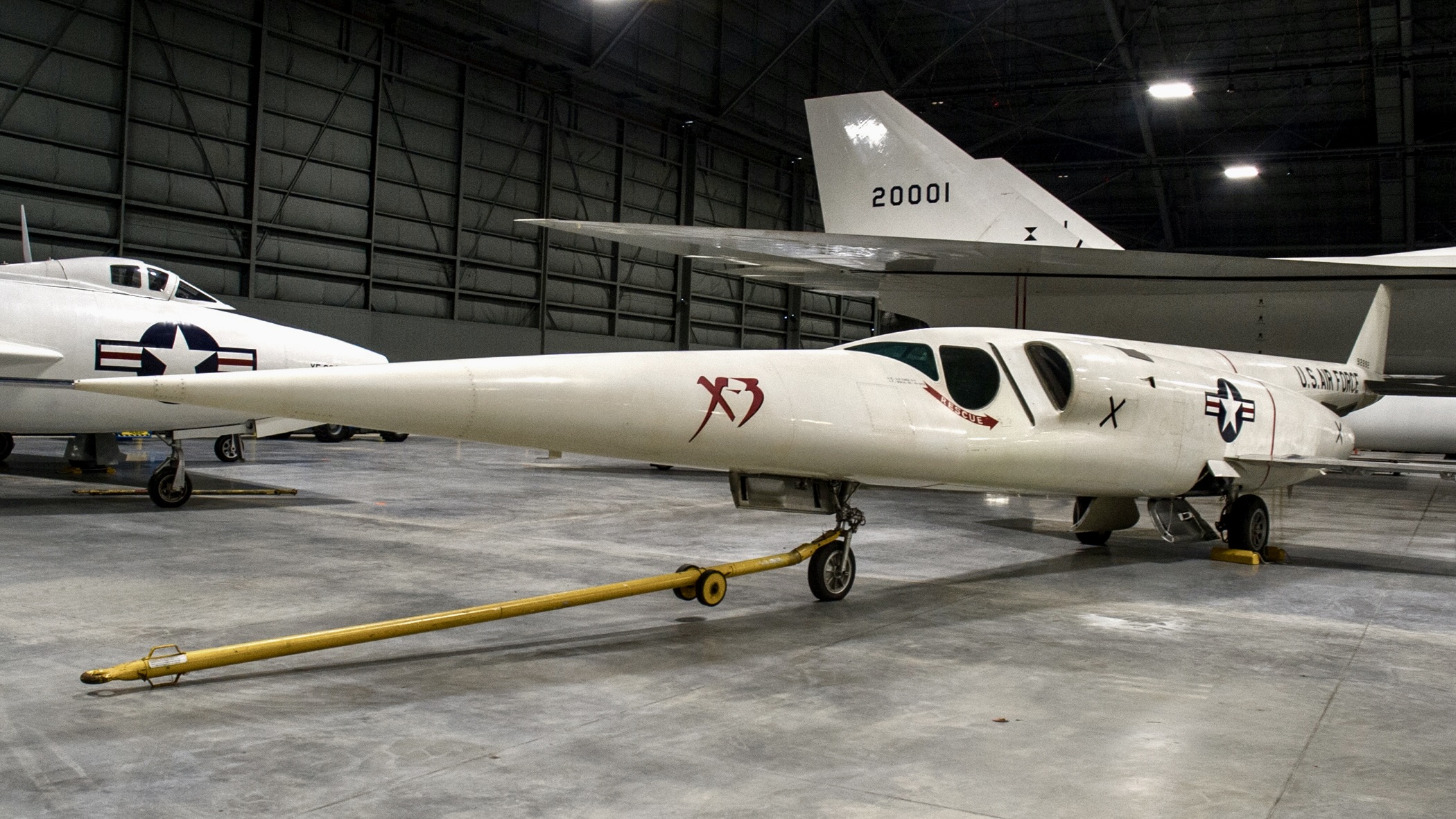
Two Westinghouse J34 turbojet engines were located behind the cockpit, one on each side of the fuselage. Since it was originally intended to use the more potent J46 engines, the J34 was used for the time being. These, however, fell short of what was needed to move the X-3. While the J46s were designed to provide 7,000 lbs of thrust, Westinghouse’s J-34 only produced 4,900 lbs (22 kN) of pushing force with an afterburner.
A thermal thicket caused the cockpit to be partially buried in the fuselage. This occurs to some extent in all aircraft, but it becomes problematic when the craft’s speed exceeds that of sound.
Anything that might be sensitive to getting warm and needs to be considered in the design, such as the fuel tanks or the electric and hydraulic systems, could have problems due to this heat transfer from the outside fuselage into the structure. However, it avoided cooking the pilot alive when flying at high speed by locating the cockpit inside the fuselage.

The F-104’s predecessor?
The wings were trapezoidal in form, tiny, and unswept. They resemble the F-104 Starfighter, which, not even ten years later, set the world record for the fastest airplane at 1,404.19 mph in May 1958. This kind of architecture made it possible to travel at incredibly high speeds when coupled with strong engines. It is no coincidence that these two aircraft share similarities. The Lockheed F-104 Starfighter was designed by Lockheed using information from the X-3 testing.

Testing
Testing did not go as expected. On October 20, 1952, the first official flight was made. It lasted less than 30 minutes. However, five days later, the test pilot accidentally lifted off while taxing in the X-3 and flew for nearly a mile. Only 26 flights had been completed after a year, and it was clear that the X-3 is underpowered and challenging to operate. Only in a rather steep dive did the aircraft exceed Mach 1.2, much below its targeted top speed; it fell well short of what Douglas had anticipated it would accomplish.
The low-performance engines and the short wings’ limited lift caused the takeoff speed at 300 mph (480 km/h) to be unusually high. All indications were that the X-3 would fail, and the second airframe was never finished.

Cancelation and legacy
The project’s scope was modified to avoid wasting any more time and resources. The emphasis would shift from high-speed testing to obtaining experience with wings with low aspect ratios. To acquire information on the X-3’s stability and pressure distribution, General Chuck Yeager also flew the aircraft a few times.
The X-3 was also put through additional testing, including a descent at a speed more than Mach 1 followed by a full-hard left stick roll. Unexpectedly pitching up and down, the airplane generated a negative 6.7 g and a pitch-up force of 7 g.

The test pilot could restore control and land safely, although after experiencing -6.7 g, he presumably wasn’t feeling well. The X-3 was examined after landing, and it was discovered that the airframe had been stressed to the absolute limit. Any more, and it would have disintegrated in mid air.
The X-3 provided a wealth of expertise, and despite being a complete failure in terms of its intended application, the project was salvaged, and valuable knowledge was obtained that has been used to develop numerous other aircraft.

